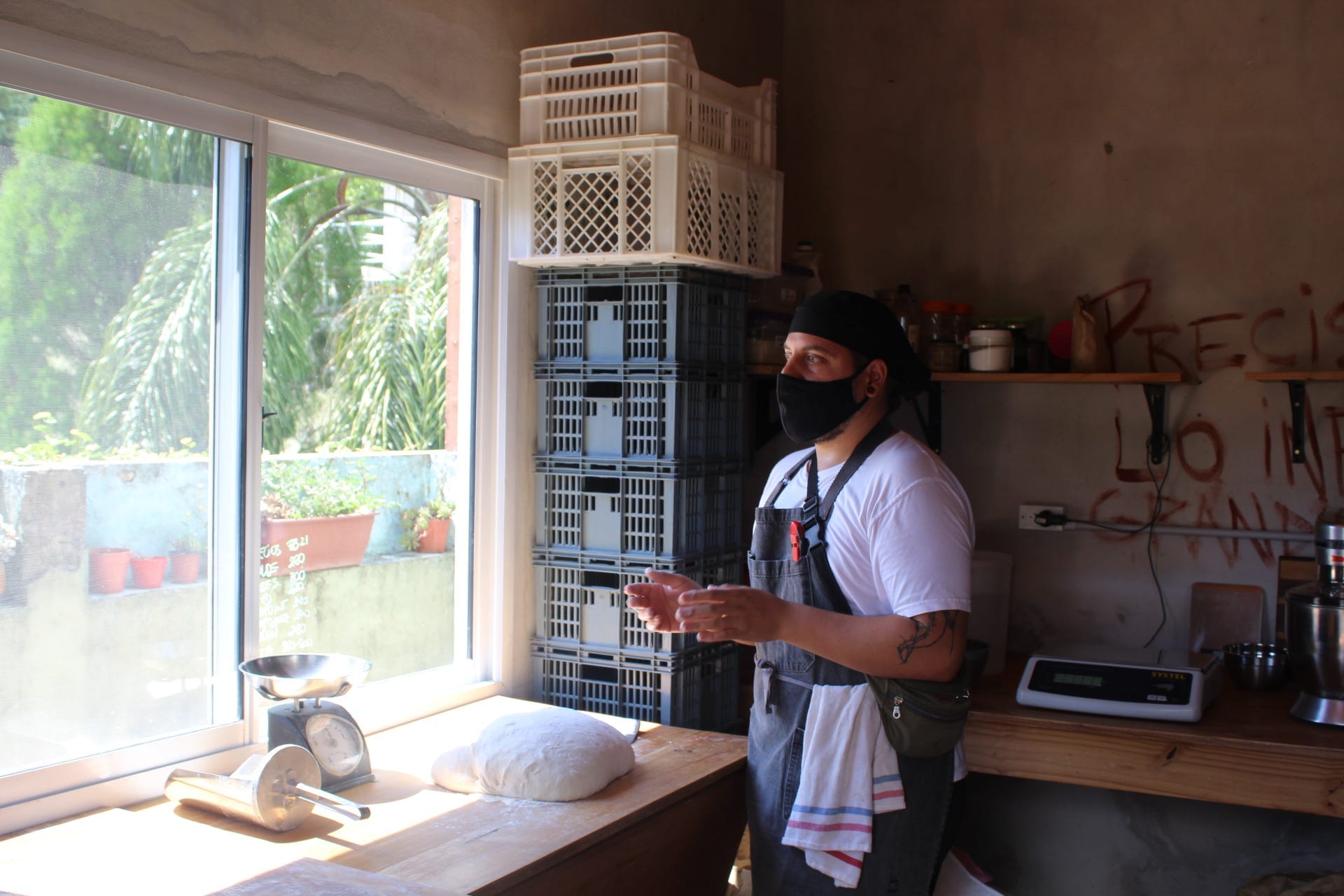Friday Bread Basket 5/14/21

Before we dig into this week’s bread basket, just a gentle reminder that there’s one last session (for awhile) of my Sourdough Lifestyle class happening this coming Sunday at 1pm EST.
Kevin Vaughn in conversation with baker Nazareno Lovino

Every so often I get emails or unsubscribe notifications informing me that this newsletter is “too political,” that I should just “focus on the bread” and leave the politics aside. First of all, on average, I don’t really talk politics all that much here. And in any case, food is political, duh, and pretty much every political discussion here is meant to highlight this. Fortunately, I don't get all that very many of those sorts of emails, because most of you already know this.
Which is why I think you will all appreciate this interview that Kevin Vaughn did with Buenos Aires baker Nazareno Lovino for Matambre Magazine recently. Lovino is a founding member of the Alliance of Artisan Bakers, made up of about 90 Argentine independent bakers and flour producers working to improve the local baking scene from top to bottom:
I know that you work with agroecological flours and you promote the work of independent farmers that work more responsibly. What is it like working directly with farmers? And where do you draw the line between using quality ingredients and working manually, which are more expensive to do, and catering to a wide audience?
We have to understand that eating is a privilege. Our biggest problem is that quality food is not accessible to everyone. It’s not accessible to all consumers. This type of work isn’t accessible for everyone either. It’s difficult for producers and bakers to work outside of the hegemonic system. It is really important to keep a fair price. On one side of this equation, is me the worker at the end of the supply chain. It wouldn’t be fair for me to substantially elevate the price while a producer is making significantly less despite all of the energy that it takes to harvest good wheat, grind it into a quality flour and deliver the product. The reality is that I cannot work without good flour, without good ingredients I can’t do the work I want to do. Making sure that prices are fair across the chain is our north star.
It’s a great interview, I hope you’ll read the whole thing.
A Good Bread Tweet
The Badass Wisdom of Agnes Denes

You should know the artist Agnes Denes. That’s her above, standing in a wheat field she planted in an empty field at the tip of Manhattan in the early 1980’s. Here’s the story behind it:
After months of preparations, in May 1982, a 2-acre wheat field was planted on a landfill in lower Manhattan, two blocks from Wall Street and the World Trade Center, facing the Statue of Liberty. Two hundred truckload of dirt were brought in and 285 furrows were dug by hand and cleared of rocks and garbage. The seeds were sown by hand and the furrows covered with soil. the field was maintained for four months, cleared of wheat smut, weeded, fertilized and sprayed against mildew fungus, and an irrigation system set up. the crop was harvested on August 16 and yielded over 1000 pounds of healthy, golden wheat.
Planting and harvesting a field of wheat on land worth $4.5 billion created a powerful paradox. Wheatfield was a symbol, a universal concept; it represented food, energy, commerce, world trade, and economics. It referred to mismanagement, waste, world hunger and ecological concerns. It called attention to our misplaced priorities. The harvested grain traveled to twenty-eight cities around the world in an exhibition called "The International Art Show for the End of World Hunger", organized by the Minnesota Museum of Art (1987-90). The seeds were carried away by people who planted them in many parts of the globe.
Read more about the badass Agnes Denes here.
Another Good Bread Tweet
That’s it for this week. Have yourselves a peaceful weekend, see you next Wednesday.
—Andrew





Member discussion